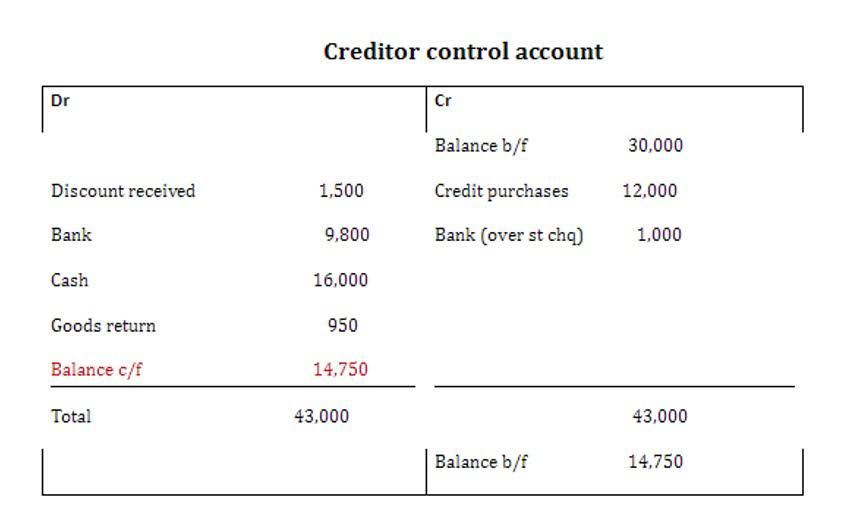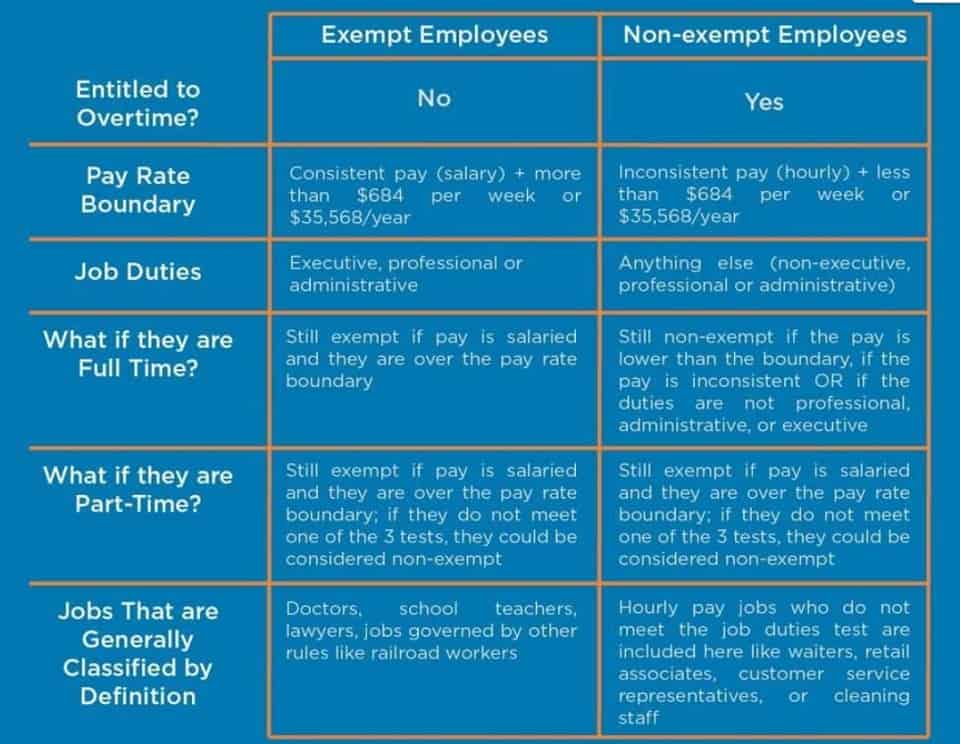
The amount of a long-term asset’s cost that has been allocated, since the asset was acquired. Accumulated depreciation represents the cumulative total of all depreciation expense recorded for a specific asset since its acquisition date. It is categorized as a contra-asset account, meaning it directly reduces the original cost of an asset on the balance sheet. This account aggregates all prior periods’ depreciation charges, providing a running total of the asset’s expensed cost. Next, the business must ensure that it is used for the business purpose and not kept as inventory for selling later on. Thus, for accounting and plant asset disposal, they are recorded at cost, and are depreciated over the estimated useful life, or the actual useful life, whichever is lower.
Calculate accumulated depreciation

Don’t forget about salvage value or different useful lives for different asset types. Useful for field service companies with heavy vehicle fleets or specialized machinery. Accurate depreciation affects ratios like Return on Assets (ROA) or Debt-to-Asset Ratio— metrics that lenders and investors rely on to evaluate your business’s financial performance. Sandra Habiger is a Chartered Professional Accountant with a Bachelor’s Degree in Business Administration from the University of Washington. Sandra’s areas of focus Bookkeeping for Etsy Sellers include advising real estate agents, brokers, and investors. She supports small businesses in growing to their first six figures and beyond.

How to Perform a Bank Reconciliation Statement
- Investors and lenders use this information to assess financial health.
- Officially, accumulated depreciation is the sum of all depreciation expenses recorded for an asset up to a specific point in time.
- Depending on various accounting rules, depreciation on assets that commences in the middle of a fiscal year may be handled differently.
- Accumulated depreciation shows how much value an asset has lost over time.
- Three weeks later (on January 21), the company sells one of its older delivery trucks.
- The continued operation and growth of many businesses are directly tied to the availability and proper functioning of their PP&E.
So, accumulated depreciation increases over time as depreciation expenses continue to pile up. https://key4homeconstruction.com/sales-journal-definition-examples-and-entries/ It’s like watching the mileage rack up on your car’s odometer—inevitable but important to track. The type of asset determines which formula is best for calculating accumulated depreciation. For example, buildings tend to depreciate at a steady rate under normal circumstances, so a formula like the straight-line method works well. Accumulated depreciation is neither a current asset nor a current liability.
- The right accounting tools make it simple to track accumulated depreciation.
- Accumulated depreciation is recorded as a credit on your balance sheet.
- In total the amount of depreciation over the life of the asset will be the same as straight-line depreciation.
- Assume that a company purchased a delivery vehicle for $50,000 and determined that the depreciation expense should be $9,000 for 5 years.
- This means the company will depreciate $10,000 for the next 10 years until the asset’s book value is $10,000.
- In this case, you can use the straight-line method to calculate the annual accumulated depreciation of the asset.
Is Accumulated Depreciation Property, Plant, and Equipment?

The right accounting tools make it simple to track accumulated depreciation. FreshBooks mileage tracker makes it easy to track distance so you can measure accumulated depreciation for quick and seamless tax filing. Accumulated depreciation represents the total depreciation taken on an asset since it was acquired. Depreciation is an essential concept in accounting because it allows businesses to spread out the cost of an asset over its lifetime. This can make financial statements more accurate and easier to understand.

Debit or Credit?
- As a result, to calculate cash flow from operations, the statement of cash flows prepared using the indirect method adds the depreciation expense back.
- By recording accumulated depreciation, companies keep their balance sheets accurate and their tax preparation less of a nightmare.
- Salvage values are not considered when calculating annual depreciation using this method.
- The accumulated depreciation is simply the total of these expenses, piling up year after year.
- For example, if you buy equipment for $50,000 with a five-year useful life, the straight-line rate would be 20% per year.
- Accumulated depreciation helps you track asset wear and tear, plan for replacements, and stay compliant with tax rules.
Under this method, accumulated depreciation accumulates faster during the early years of an asset’s life and accumulates slower later. The philosophy behind accelerated depreciation is that newer assets (i.e. a new company vehicle) are often used more than older ones because they are in better condition and more efficient. When reporting, list the asset under property, plant, and equipment (PP&E) at its original purchase price. The straight-line depreciation method is the easiest and most commonly is accumulated depreciation a plant asset used way to calculate depreciation. Small businesses use this method for assets that wear out gradually, like office furniture, buildings, and machinery.

